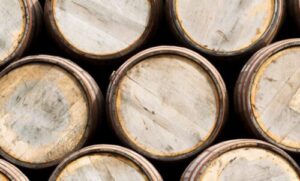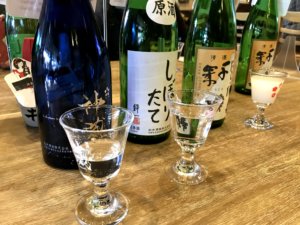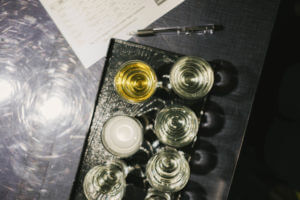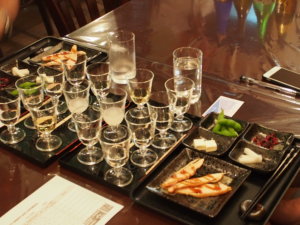Try Raw Sake!
We know that Japanese like raw things, such as raw fish, raw beef, raw eggs, etc. —-As well as raw sake. So there is a kind of special sake called Namasake, which has a sharper aroma and fresher taste than normal sakes, because it is unpasteurized. However, most regular kinds of sake have been pasteurized, to kill a kind of lactic acid bacteria so that sake can be preserved longer. So today let’s take a glimpse of the PASTEURIZATION.
How Did Pasteurization Started and How You Do it?
Pasteurization is named after a French biochemist called Louis Pasteur, who invented this method in 1866. But it is said that long before 1866, brewers in Japan were deactivating enzymes and killing unwanted bacteria in a sake making process, just without realizing it.
Nowadays, pasteurization process has been much more developed, it can be done with modern facilities, more easily and more precisely. Generally, brewers do by passing the sake through a coiled metal pipe that sits in a vat of heated water and then moving it to a tank, or by simply immersing bottled sake in hot water. And pasteurization is achieved by heating the sake for about 30 minutes at about 65°C (150 °F).
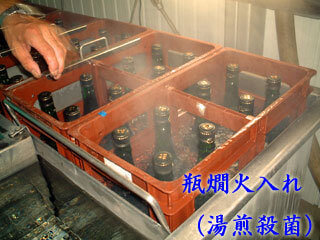
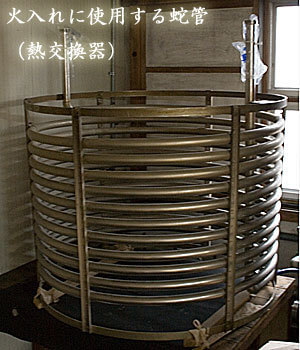
Usually this process is done twice, ① once after filtration, and ② once before bottling. Sakes can be categorized differently according to how many times it’s pasteurized ——
Normal sake — both ① and ②
Namatsume — only ①
Namatyozo — only ②
Namasake — not pasteurized at all
Pasteurization Method of Sake Continues to Evolve
Recently, another a little special pasteurization is used by some sake breweries. For example, Gekkeikan has produced a new sake recently, called Densyo (hyakunenkoubosikomi). During the pasteurization of Densyo, they pass the sake through the pipe to heat it to 65°C, but right after that they cool it down to a low temperature. So the pasteurization is only done for 1 or 2 seconds, instead of 30 minutes as usual. This very short period pasteurization helps to keep more original aroma and flavors left inside the sake so that you can enjoy it more exquisitely. By the way, the yeast used for this bottle is also very special. It is a traditional yeast mostly used 100 years ago, and revived recently for a 100-year celebration. Definitely a must try sake!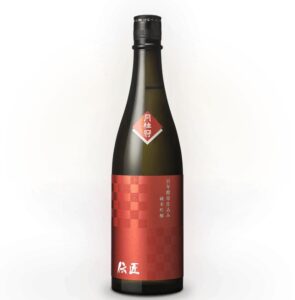
Join Our Sake Tour in Kyoto!
With Kyoto Insider Sake Experience’s brewery tours, you can get closer to the secrets of Fushimi Kyoto and its sake brewing history, whilst enjoying learning about and tasting all the different sake varieties that can be found here.
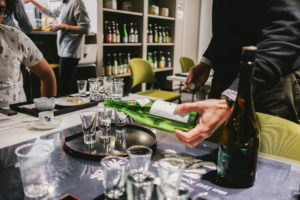
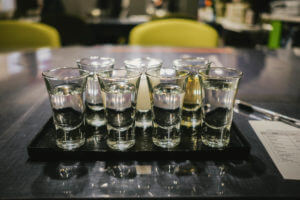

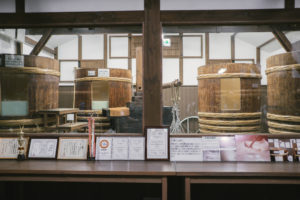

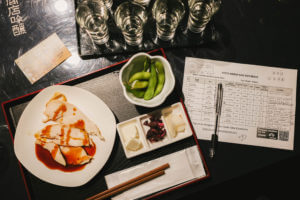
When visiting Kyoto, you can’t miss a sake tour of Fushimi – so why not join us on a hunt for the area’s best sake, and best combination with food pairing session and find your favourite along the way?
Have a nice sake life 🙂
You may also like..
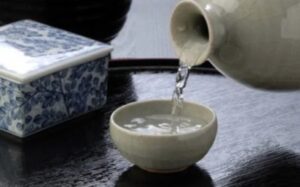
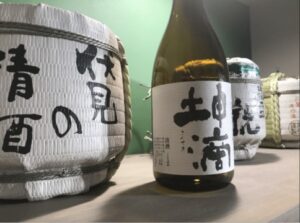
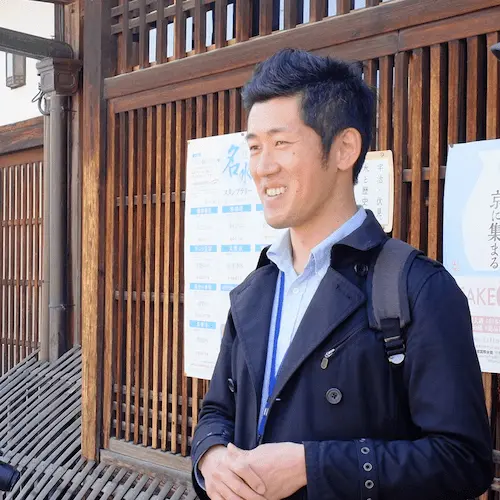
Name: Kotaro
Qualifications: Sommelier of sake
About me:
Founder of Kyoto Insider Sake Experience.
I got a hangover from the first sake I ever drank, which led to a long period where I didn’t drink sake at all. After returning from Australia, I gained some knowledge about sake and discovered its deliciousness and the joy of choosing different types. I’m passionate about sharing this experience with people all around the world.

